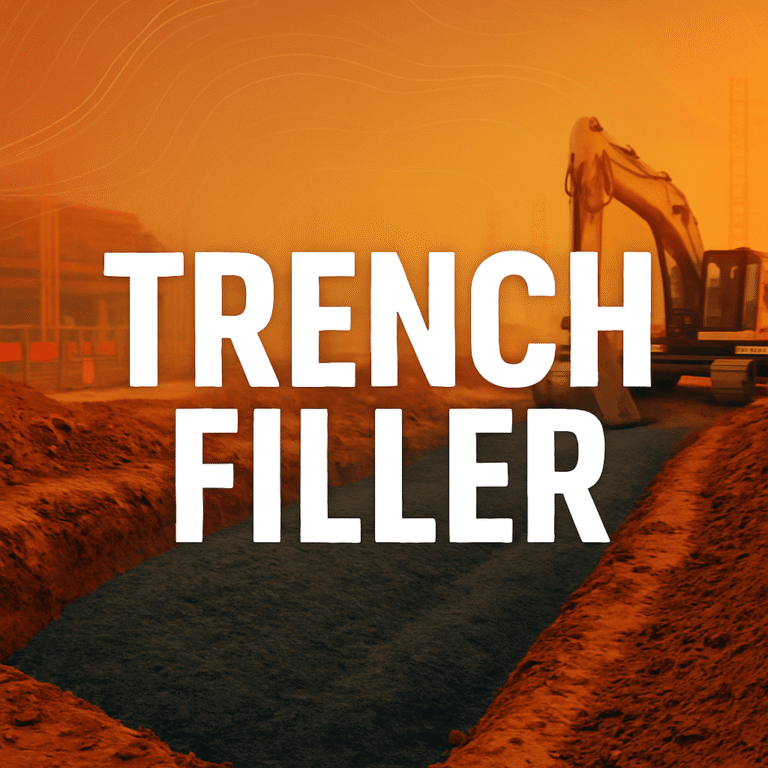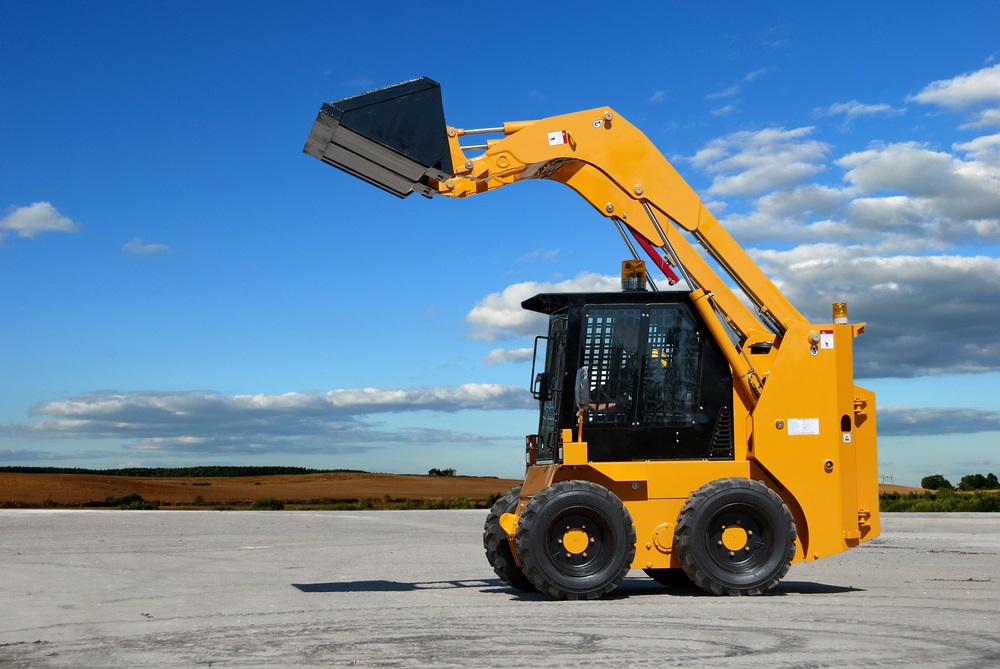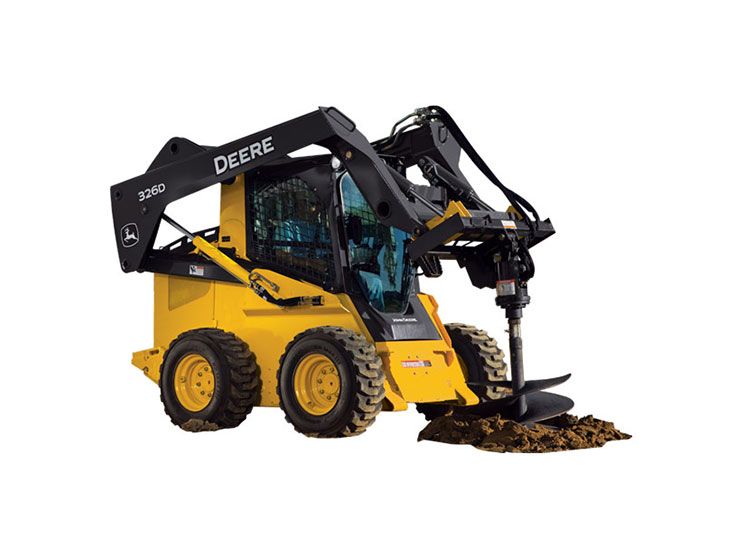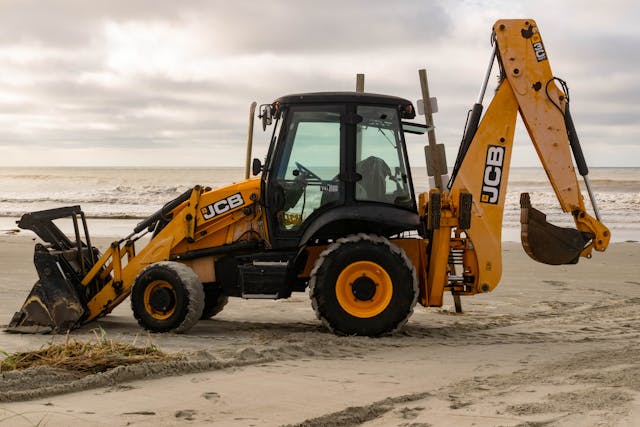Introduction to Trench Filler
In general, it seems that the role of trench filler is often underestimated in projects of construction, landscaping, and infrastructure, although it is one of the main things that determine durability. Usually, a trench is dug for installation of water pipes, electricity cables, or drainage besides other utilities. However, after the utility is in place, the hollow space should be filled and not just with any random soil. That is when trench fillers get involved.
A trench filler is the product that is used to cover the space that was dug for underground utilities and then to ensure safety. The decision of which trench filler to use is the factor that defines if the trench will be resistant to earth tremors, waterlogging, and heavy loads from above. Imagine it as the “foundation insurance” for what is beneath the earth. If not done properly, it will lead to expensive repairs, appearance of sinkholes, or even damage to utility lines.
Actually, it is a why the point is important. Picture constructing a home on a badly filled trench—then, the foundation may either crack or the ground may sink. The same is with road construction, incorrect trench filling results in potholes and uneven surfaces. Thus, understanding trench fillers is not only technical knowledge but also practical, money-saving wisdom.
With this guide we are going to look at different trench fillers, the decision of the right one, the procedure of filling, the cost factor, and future advancements in the trench filler sector. Whether you are a DIY-enthusiast doing landscaping or a contractor handling major infrastructure projects, this article will provide you with all the necessary information about trench fillers.
What is a Trench Filler?
A trench filler is a material of any kind with the purpose of filling a hole that is dug in the ground after the utilities have been installed. It is a source of stability for the hole and at the same time it keeps the surface from breaking and the utilities safe. However, a trench filler is not just ‘dirt thrown back in’. Choosing the material is a must based on the reason for which the trench was made.
As an illustration, a trench under the water pipe should be filled with a material that would prevent the pipe from leaking and that would not damage it. The trench of electricity requires the filler to be well compacted but at the same time with no sharp stones that might cut the cables. Fillers for drainage trenches must be such that water can flow through and stability can be maintained at the same time.
Moreover trench filler help in the distribution of the load. Imagine a heavy vehicle passing on the road that is there above the utility trench. The filler acts as brake, thus the vehicles’ weight is not exerted on the pipes or cables under the road surface.
Some of the most common trench fillers are:
- Topsoil (if it is appropriate)
- Clean sand without silt
- Gravel and crushed stone
- Flowable fill (a cement-based mix)
- Recycled construction materials
These fillers have their own good and bad points and a large part of the choice depends on the proper use of the trench.
Why Trench Fillers are Important in Construction and Landscaping
Most people probably think that trench filling is the easiest part of the project, but it is one of the most crucial aspects. When you use the wrong filler, it can lead to slow damage of your property, and the repair will cost you a lot in the long run. So, let’s find out what the main reasons are why trench fillers are so important:
- Structural Stability – Unfilled or inadequately filled trenches can eventually collapse. This is very unsafe in the case of streets or other locations with a high density of traffic.
- Protection of Utilities – Pipes, cables, and drainage systems must always be kept in good condition and be secure. The filler is the one that absorbs the pressure from the ground and the loads coming from the surface.
- Drainage Control – Trench in the garden are generally used to direct water in other areas. A suitable fill allows the water to pass without washing away the soil.
- Prevention of Surface Damage – The roads and pavements that are laid on poorly filled trenches can also bring about these symptoms of small cracks, potholes, and depressions.
- Cost Savings in Maintenance – A properly filled trench can decrease the need for future repairs, thus making it a financially wise decision.
Trench fillers are the ones who protect the construction from unexpected problems. You almost never come across them, but if they are not there or of bad quality, you can have serious troubles.
For example, in landscaping, sand and gravel are used as fillers to improve soil aeration and to avoid waterlogging in garden trenches. In the building industry, flowable fill is used to guarantee that heavy loads like trucks and machinery do not cause surface failures.
That is why engineers, contractors, and even DIY landscapers have to think trench filling as a big part of their projects and not their problem only after the work is done.
Types of Trench Fillers
Some trench fillers are better than others. The right material depends on the kind of project, available money, and how long you want the product to last. Below is a list of the most common trench fillers along with the best uses for them.
Sand as Trench Filler
Trench fillers are made from sand, among other materials, and it is one of the most common fillers in the market. In addition, to its usage in smaller projects and landscaping, its excellent texture is sought after as it can make small holes be filled with the sand around pipes and cables, hence, being a good example of small area filling.
What are the benefits of Sand as a Trench Filler?
- One of the best materials for laying utility pipes.
- Supports the load evenly without giving rise to the possibility of cutting or tearing the pipe.
- Anyone can easily handle and tightly pack the sand.
- It is great for water filter applications.
What are the limitations of Sand?
- It can move when not compacted in the right way.
- It might not give enough stability to the heavy-load areas such as roads.
- If there is a strong current and the sand is not layered properly, it is likely to be washed away.
Sand has been one of the most useful materials in landscaping and has been used without question in French drains and garden trenches. It allows the water to flow and at the same time, it prevents the soil from being compacted. In utility trenches, it is a common practice to use sand as a base layer before laying gravel or soil.
Even though sand is not the strongest filler for roads or constructions of high load-bearing capacity, it is still the best choice in those applications where smooth support and drainage are the main requirements.
Gravel and Crushed Stone as Trench Fillers
Gravel and crushed stone are, over time, mainly, trench fillers with the highest durability that are extensively applied in construction and infrastructure projects, especially. Those materials, in particular, are good for load, stability, and drainage. In comparison to sand which is light in weight and is easily shifted, gravel and crushed stone make a steady and strong base that can be of a great value under high surface pressure.
Advantages of Gravel and Crushed Stone:
- High Load-Bearing Capacity: Perfect for roadworks and construction sites where vehicles and heavy machinery are constantly driving over the surface.
- Excellent Drainage: Water can move easily through the spaces between the stones, thus there is no waterlogging.
- Durability: they are less susceptive to erosion and have a long life compared to others made of soft materials.
- Sizes Adjustable per Customer’s Need: You can buy different grades of gravel and stone based on your specific project needs.
Limitations:
- Price: Usually, the cost of gravel and crushed stone is higher compared to that of sand or topsoil.
- Handling: They are heavier and more difficult to compact than lighter materials.
- Cable Protection Concerns: If sharp-edged stones are used to form the bedding layer, then these stones may cause abrasions on pipes or cables.
Gravel is usually the preferred material in drainage systems as it allows water to seep through easily without the soil falling into the trench. In road construction, crushed stone is used to form a firm base that prevents the surface from deforming. One should, as a good practice, first put sand around sensitive utilities, and then after that, put gravel for stability and load support.
Flowable Fill (Controlled Low-Strength Material)
Flowable fill, or Controlled Low-Strength Material (CLSM), is a type of trench filler that is becoming more and more popular in big construction works. It is a cementitious slurry that can easily be flown into trenches, filling every gap without any mechanical compaction. Its initial stages of hardening, it establishes a strong but low-strength support base—just the right one for backfilling of utilities.
Advantages of Flowable Fill:
- Self-Compacting: It does not require any additional equipment to be used for compaction.
- Time-Saving: Its application is quicker than that of layering sand or gravel.
- Reliable and Long-Lasting: It can eliminate the problem of trench settlement and surface sinking.
- Re-Excavation: Depending on the mix design, it is possible to dig it again for future access to utilities.
Limitations:
- Cost: It is more expensive than traditional materials.
- Curing Time: It sets slowly and the surface construction can only continue after that.
- Special Handling: It is not applied in the same way as sand or gravel, which are more casual and require only mixing and pouring equipment.
Flowable fill is one of several examples of the type of urban infrastructure projects where it is highly valued for its speed and stability. Thus while filling trenches under heavily trafficked streets, CLSM allows a very low risk of road surface collapse, simultaneously cutting the time needed for repairs. Besides, it is also perfect for those trenches which need to have a uniform support without any future settlement risk.
Recycled Materials for Trench Filling
Sustainable construction is leading the way and using recycled materials is a trend that is gaining popularity for trench fillers. Examples of these materials are crushed concrete, reclaimed asphalt and other waste materials that have been processed. By recycling construction waste as fillers instead of ditching them in landfills, both the environment and the economy get benefits.
Advantages of Recycled Materials:
- Eco-Friendly: Helps to lower emissions and saves natural resources.
- Cost-Effective: The price of recycled materials is almost half that of the new ones.
- Durable: For instance, crushed concrete has the same physical characteristics as natural stone with stability as the main property.
Limitations:
- Quality Control: Not all recycled products are appropriate; some might have impurities.
- Sizes that are not uniform: They may need to be further processed to have the same size.
- The Varying Of Drainage Performance: It depends on the recycled material that is used.
Recycled gravel or crushed concrete is a good option for the pathway and trench in landscaping projects, where beauty takes a back seat. In the field of infrastructure, recycled materials that have been properly treated can be the strong, cheap, and reliable alternatives to natural fillers. These days, the use of recycled materials is preferred by the government and contractors with an eye on sustainable building practices.
Choosing the Right Trench Filler
Choosing the proper trench filler is not merely a matter of finding the least expensive material. In fact, the verdict hinges on a number of essential elements that influence durability and safety in the long run.
Factors to Consider
-
Soil Type – Clay-heavy soils retain water and may need gravel for drainage, while sandy soils may need stronger fillers for stability.
-
Load Requirements – For roads and driveways, choose fillers like gravel or flowable fill that can handle heavy loads.
-
Drainage Needs – For French drains or irrigation trenches, sand and gravel are more effective.
-
Utility Protection – Around pipes or cables, use sand bedding before adding stronger materials.
-
Budget – Sand is cheaper, while flowable fill and crushed stone cost more but provide better performance.
Trench Fillers for Utility Trenches
-
Water Lines: Sand bedding with gravel backfill to ensure smooth support and drainage.
-
Gas Lines: Fine granular material like sand to avoid pipe damage.
-
Electrical Conduits: Non-corrosive fillers, often sand or flowable fill, to protect cables.
Environmental and Sustainability Considerations
As environmental consciousness continues to rise, green trench fillers are becoming more popular. Recycled aggregates not only cut production costs but ecologically give a carbon footprint. Some local governments are even going as far as supporting or requiring such materials in their public works projects. Solid waste is also termed sustainable despite it being cement-based as energy-intensive compaction is avoided during its use.
The proper selection of a filler material involves weighing the product’s technical specifications against its price, safety, and environmental aspects. Contractors and homeowners can both ensure through a thorough assessment of trench filler that their filling job will be trouble-free for the next 20 years.

